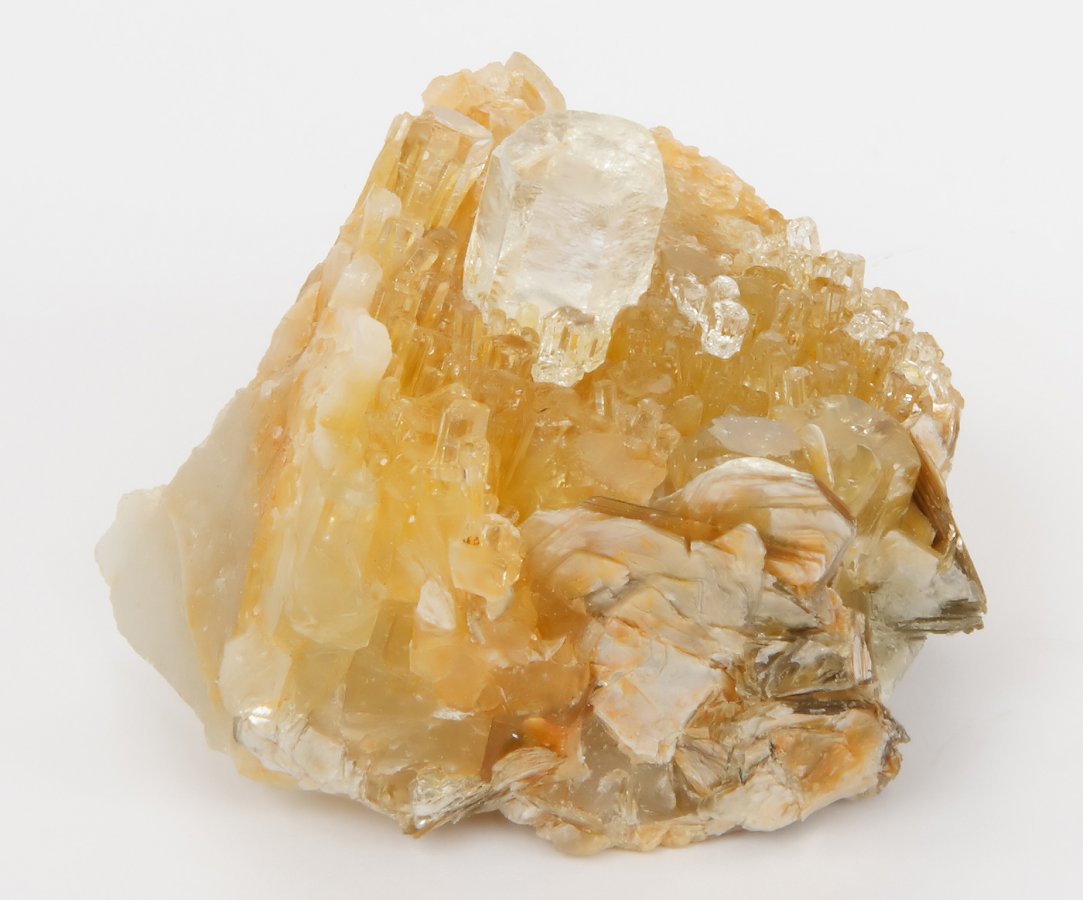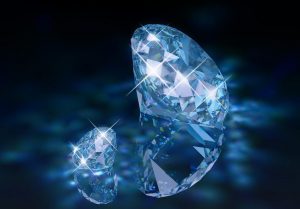Chemical Composition : Beryllium Aluminium Silicate (Be3Al2(SiO3)6; Trace elements are Cr, V, Fe, Mn, etc.
Crystal System / Forms : Hexagonal System / Generally as six-sided prisms with pyramidal and / or pinacoidal terminations. As such columnar prismatic habits are common.
Cuts & Uses : Facetted cuts, cabochons, beads, carvings, etc.
Hardness : 7.5 - 8
Lustre : Vitreous.
Magnification : Parallel two phase or rain inclusions, three phase and crystalline inclusions, fingerprints, hexagonal growth zoning.
Optic Character : Anisotropic, D.R.; Uniaxial Negative.
Pleochroism : Distinct dichroism depending on depth of color.
Refractive Index / Birefringence : 1.577 – 1.583 / 0.006 – 0.009. R.I. Range: 1.57 – 1.60
Simulants (with separation tests) : Yellow beryl: Citrine (optic figure, R.I.), Scapolite (R.I., birefringence, U.V. fluorescence, doubling), glass (optic character), hessonite garnet (R.I., S.G., inclusions), Topaz (R.I., S.G.), Labradorite (R.I., inclusions, U.V. fluorescence), Sillimanite (R.I., S.G., inclusions).
Sources : Morganite: Madagascar, U.S.A. (California, Utah), India (Orissa), Pakistan.
Spectrum :
- Fading blue maxixe beryl: bands at 695nm & 655nm with weaker bands at 628nm, 615nm, 581nm and 550nm.
- Green and yellow beryl, pink beryl: spectrum is not well pronounced.
Synthesis : Flux fusion and hydrothermal method (not commercially available)




























Leave a Reply
You must be logged in to post a comment.